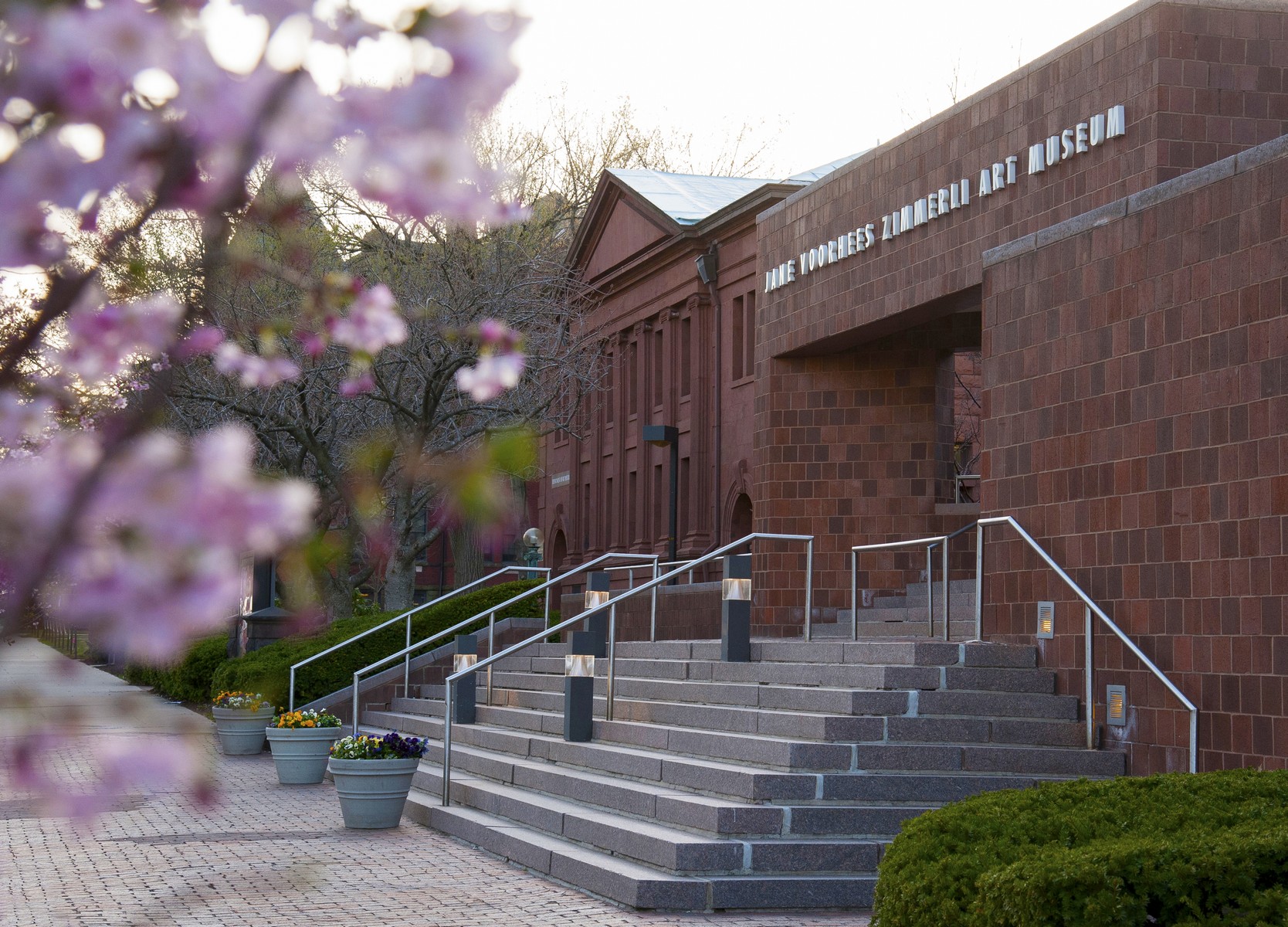Feb 13 2016 - Jul 31 2016
Zimmerli Art Museum at Rutgers University
New Brunswick, NJ
By the turn of the twentieth century, Japanese art and aesthetics had greatly influenced the work of many American artists. After Japan ended its self-imposed isolation from the West in the 1860s, Americans and Europeans were introduced to Japan’s art and culture through exhibitions at museums and world’s fairs, and artists responded enthusiastically to the remarkable subjects, compositions, and materials used by Japanese artists. Ukiyo-e color woodcuts particularly inspired American print-makers in their approaches to the medium, and their innovative color woodcut prints stimulated a renaissance of woodcut printmaking during the first decades of the twentieth century.
Helen Hyde (1868–1919) and Bertha Lum (1879–1954) were two of the prominent artists demonstrating the medium’s creative potential between 1900 and 1930. Each artist encountered Japanese art at a pivotal moment in her artistic training, leading her to travel to Japan to learn traditional methods for carving, coloring, and printing from master craftsmen in Tokyo. Their travels in the East became the subject matter of their work, introducing the people, places, and legends of Japan, China, and India to their American audiences with exquisitely rendered color woodcuts. Both Lum and Hyde recognized the unique artistic possibilities for representing traditional aspects of life in an area of the world that was rapidly modernizing. As Hyde wrote in 1906, “Japan was a gem, a revelation . . . coming into Japanese life, I was overjoyed by the infinite opportunities offered in color.” (...) Both Hyde and Lum eventually traveled to and lived in Japan, Hyde staying almost continuously for fourteen years beginning in 1899, while Lum made several shorter trips between 1903 and 1919. From 1922 until her death, Lum lived for long periods in Peking (now Beijing), making prints according to traditional Chinese techniques.
Though each artist portrayed famous sites in her prints, Helen Hyde focused primarily on women and children as subjects, while Bertha Lum often chose to illustrate stories from Japanese and Chinese folklore. While Hyde earned fame for her fine-art prints exhibited in galleries across the United States, Lum attracted widespread notice for her published illustrations. Both artists were recognized as leaders in the burgeoning field of American color woodcut printmaking: in 1915, prints by Hyde and Lum featured in an important exhibition of contemporary color prints at San Francisco’s world’s fair, the Panama-Pacific International Exposition. For Lum, who had worked in near-isolation, the exhibition provided her first national exposure; for Hyde, who had recently returned permanently to the United States, the exhibition served as both a homecoming and valedictory for her remarkable career.
Credit: Exhibition overview from museum website
Exhibition Venues & Dates
Feb 13 2016 - Jul 31 2016
Zimmerli Art Museum at Rutgers University
New Brunswick, NJ
